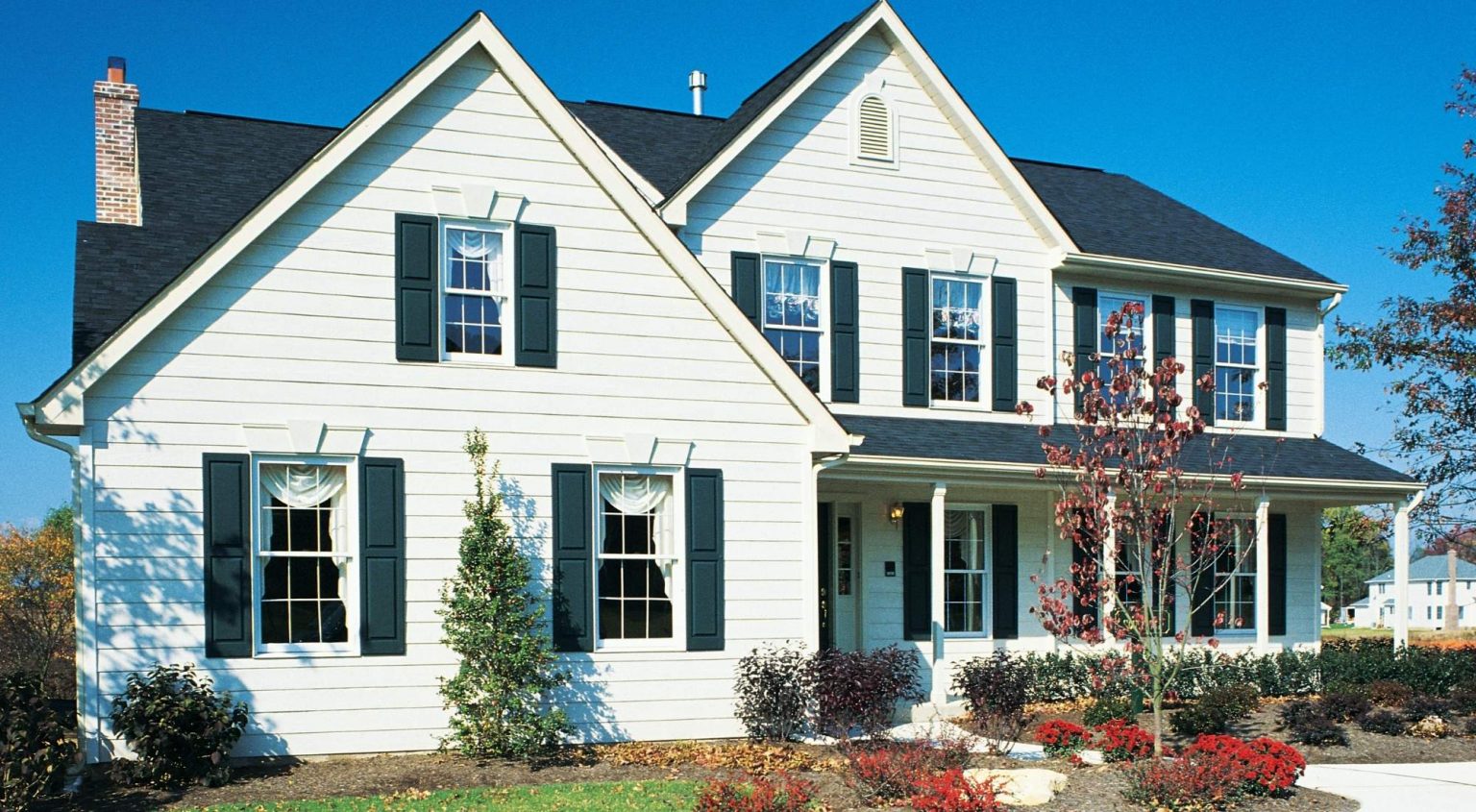

Articles
How Much Does Hardie Siding Cost
Modified: January 23, 2024
Get accurate and up-to-date information on the cost of Hardie siding with our comprehensive articles. Discover everything you need to know before making a purchase decision.
(Many of the links in this article redirect to a specific reviewed product. Your purchase of these products through affiliate links helps to generate commission for Storables.com, at no extra cost. Learn more)
Introduction
When it comes to enhancing the beauty and durability of your home’s exterior, Hardie siding is a top choice for homeowners. James Hardie, a renowned manufacturer of fiber cement siding, offers a wide range of siding options that are not only aesthetically pleasing but also highly resistant to weather elements and pests.
However, before you embark on a home siding project, it’s important to consider the cost associated with Hardie siding installation. Understanding the factors that influence the cost and comparing it to other siding options will help you make an informed decision that fits your budget and preferences.
In this article, we will explore the various aspects that affect the cost of Hardie siding installation, compare it to other siding options, and provide some tips on saving money without compromising on quality.
Key Takeaways:
- Hardie siding installation costs vary based on factors like size, type, and location. It offers long-term value and durability, making it a worthwhile investment for homeowners seeking beauty and resilience.
- Homeowners can save money on Hardie siding installation by obtaining multiple quotes, planning ahead, and considering DIY for non-structural work. It’s crucial to balance cost-saving measures with quality installation for lasting results.
Read more: How Much Does It Cost To Siding A House
Factors Affecting Hardie Siding Cost
Several factors come into play when determining the cost of Hardie siding installation. By understanding these factors, you can better estimate the overall cost of your project:
- Size of the Project: The size of your home and the amount of siding needed will significantly impact the cost. A larger house will require more materials and labor, leading to a higher overall cost.
- Type of Hardie Siding: James Hardie offers a variety of siding options, including lap siding, vertical siding, shingles, and panels. The cost varies depending on the type of siding you choose. Lap siding is generally more affordable, while shingles and panels tend to be more expensive.
- Geographical Location: The cost of living and labor rates vary by location. In areas with higher labor costs or where there are fewer contractors experienced in installing Hardie siding, the overall cost may be higher.
- Removal of Existing Siding: If you have existing siding that needs to be removed before installing Hardie siding, this can add to the total cost. The complexity of the removal process and the type of existing siding will impact the labor and time required, affecting the overall cost.
- Additional Preparatory Work: Depending on the condition of your home’s exterior, additional work may be required before the installation. This can include repairing or replacing damaged wood, adding insulation, or addressing any structural issues. These extra steps can increase the cost of the project.
- Customization and Finishing: Customization options, such as trim, color variations, and accessories, may incur additional costs. If you want to add unique elements to your Hardie siding, such as decorative accents or architectural details, be prepared for a higher price tag.
It’s important to discuss these factors with a professional contractor to get an accurate estimate based on your specific project requirements. They can assess your home’s needs, factor in any additional expenses, and provide you with a detailed breakdown of the costs involved.
Average Cost of Hardie Siding Installation
The cost of installing Hardie siding can vary depending on the factors mentioned earlier. On average, however, homeowners can expect to spend between $8 and $12 per square foot for the installation of Hardie siding.
For a typical 2,000 square foot home, the cost of materials and labor would range from $16,000 to $24,000. This estimate includes the cost of the Hardie siding materials, any necessary additional materials such as insulation or trim, as well as the labor fees associated with the installation.
It’s worth noting that this is a rough estimate and the actual cost may vary based on your location and specific project requirements. To get a more accurate estimate, it is recommended to reach out to multiple contractors and obtain detailed quotes based on your home’s specifications.
Keep in mind that the cost of Hardie siding installation typically does not include any additional work needed, such as removing the existing siding, repairing any underlying issues, or adding decorative elements. These extra expenses should be factored into your overall budget.
While the cost of installing Hardie siding may seem higher compared to other siding options upfront, it offers long-term value and durability. Hardie siding is known for its resistance to rot, pests, and weather damage, reducing the need for ongoing maintenance and repairs.
Additionally, the investment in Hardie siding can significantly improve your home’s curb appeal and potentially increase its resale value. Its timeless and attractive appearance, coupled with its reputation for durability, makes it an attractive option for homeowners.
When considering the cost of Hardie siding installation, it’s important to weigh its benefits and long-term value against the initial investment. By doing so, you can determine if Hardie siding is the right choice for your home and budget.
Cost of Hardie Siding vs. Other Siding Options
When comparing the cost of Hardie siding to other siding options, it’s important to consider both the upfront cost and the long-term value. While Hardie siding may have a higher initial price tag, it offers numerous benefits that can make it a worthwhile investment in the long run.
Here is a comparison of the cost of Hardie siding to some other popular siding options:
- Vinyl Siding: Vinyl siding is one of the most affordable siding options on the market. It typically costs between $3 and $8 per square foot for materials and installation. However, vinyl siding is not as durable as Hardie siding and may require more frequent repairs or replacement over time.
- Wood Siding: Wood siding can range in cost from $6 to $12 per square foot for materials and installation. While it offers a natural and timeless look, it requires regular maintenance and is susceptible to rot, pests, and weather damage.
- Brick Siding: Brick siding is known for its durability and classic appeal. However, it is one of the most expensive siding options, with an average cost of $10 to $15 per square foot for materials and installation.
- Fiber Cement Siding: Other fiber cement siding brands can cost anywhere from $6 to $12 per square foot for materials and installation. While these options may be slightly cheaper, Hardie siding is widely regarded as the industry leader in fiber cement siding, known for its exceptional quality and durability.
It’s important to note that these are general cost ranges, and the specific prices may vary based on factors such as location and the size of the project.
When comparing the cost of Hardie siding to other options, it’s essential to consider the long-term value. Hardie siding is renowned for its durability, resistance to pests and weather damage, and low maintenance requirements. In contrast, other siding materials may require more frequent repairs or eventual replacement, adding to their long-term costs.
Additionally, Hardie siding offers a wide range of styles and finishes, allowing homeowners to achieve the desired aesthetic for their homes. The versatility, durability, and long-lasting value make Hardie siding a popular choice among homeowners who prioritize beauty, quality, and longevity.
Ultimately, when considering the cost of siding options, homeowners should carefully evaluate their budget, preferences, and long-term goals. It’s advisable to consult with a professional contractor to assess the specific needs of your home and obtain accurate quotes for different siding options.
When considering the cost of Hardie siding, it’s important to factor in the size of your home, the style of siding, and any additional installation costs. It’s best to get quotes from multiple contractors to ensure you’re getting a fair price.
Additional Costs Associated with Hardie Siding
While the cost of materials and labor for Hardie siding installation forms the bulk of the expenses, there are some additional costs that homeowners should be aware of. These additional costs are important to consider when budgeting for your siding project:
- Removing Existing Siding: If you have existing siding on your home that needs to be removed before installing Hardie siding, this can result in additional costs. The complexity of the removal process and the type of existing siding will impact the labor and time required, which can increase the overall cost.
- Priming and Painting: While Hardie siding comes prefinished with a primer, it still needs to be painted with a topcoat to achieve the desired color and finish. This additional step can add to the overall cost of the project, especially if you choose to hire professional painters.
- Trim and Accessories: Adding trim, corner boards, or other decorative elements can enhance the appearance of your home but may come with an additional cost. These details may need to be purchased separately and their installation may require additional labor.
- Additional Structural Work: Depending on the condition of your home’s exterior, there may be underlying structural issues that need to be addressed before installing the siding. This can include repairing or replacing damaged wood, reinforcing the framing, or upgrading insulation. These necessary repairs can add to the overall cost of the project.
- Permit Fees: Check with your local building department to determine if any permits are required for your siding installation. Permit fees can vary but should be factored into your budget.
It’s crucial to discuss these additional costs with your contractor to ensure that they are accounted for in the project estimate. Obtaining a detailed breakdown of the costs upfront will help you avoid any unexpected expenses along the way.
By being aware of these potential additional costs, you can better plan and budget for your Hardie siding project. It’s always advisable to work with a reputable contractor who can provide you with a comprehensive quote, outlining all the necessary expenses associated with your specific project.
Read more: How Much Does Wood Siding Cost
Tips for Saving Money on Hardie Siding Installation
While Hardie siding installation is an investment in the beauty and durability of your home, there are several tips you can follow to help save money on the overall cost:
- Obtain Multiple Quotes: Reach out to multiple contractors and request detailed quotes for your Hardie siding project. Comparing prices and services will help you find the best value for your budget.
- Plan Ahead: Planning your siding project in advance allows you to take advantage of any seasonal or promotional discounts offered by contractors or suppliers.
- Consider DIY for Non-Structural Work: If you have the skills and experience, you may be able to tackle some non-structural elements of the installation yourself. This can help save on labor costs, but be sure to consult with professionals for any structural or complex work.
- Choose Standard Colors and Finishes: Opting for standard color options and finishes can save you money compared to custom or specialty options. Standard colors are more readily available and often offered at lower prices.
- Reuse Existing Trim: If your current trim is still in good condition and matches the style of your new Hardie siding, consider reusing it instead of purchasing new trim. This can help reduce the cost of materials.
- Take Advantage of Energy Efficiency Incentives: Check with your local utility company or government agencies to see if there are any energy efficiency incentives or tax credits available for installing energy-efficient siding, such as Hardie siding.
- Combine Projects: If you have other home improvement projects planned, such as window replacement or roof repairs, consider completing them simultaneously with your siding installation. This can help save on labor costs when multiple projects are done together.
- Maintain a Clean and Well-maintained Exterior: Regularly cleaning and maintaining your Hardie siding can help prolong its lifespan and reduce the need for costly repairs or replacements in the future.
Keep in mind that while it’s important to seek cost-saving measures, it’s equally crucial to ensure the quality of installation. Hiring professional installers who have experience with Hardie siding and following proper installation techniques will help ensure that your investment in Hardie siding is worthwhile and long-lasting.
By following these tips and working closely with your contractor, you can achieve a beautiful and durable Hardie siding installation while staying within your budget.
Conclusion
Hardie siding is a popular choice for homeowners looking to enhance the beauty and durability of their home’s exterior. While the cost of Hardie siding installation may seem high compared to other siding options, it offers long-term value, exceptional quality, and a wide range of customization options.
Throughout this article, we have explored the factors that affect the cost of Hardie siding installation, including the size of the project, the type of Hardie siding chosen, and the geographical location. We have also compared the cost of Hardie siding to other siding options, highlighting the long-term value and durability that Hardie siding provides.
In addition, we’ve discussed various additional costs that may be associated with Hardie siding installation, such as the removal of existing siding and the need for additional preparatory work. It’s important to consider these costs when budgeting for your siding project to avoid any unexpected surprises.
To help save money on Hardie siding installation, we’ve provided some useful tips, including obtaining multiple quotes, planning ahead, considering DIY for non-structural work, and taking advantage of energy efficiency incentives. Incorporating these tips into your project planning can help you achieve your desired results while staying within your budget.
Ultimately, the cost of Hardie siding installation should be viewed as an investment in the long-term beauty, durability, and value of your home. Hardie siding offers exceptional resistance to weather elements, pests, and rot, reducing the need for ongoing maintenance and repairs. Its timeless appearance and reputation for quality make it a popular choice among homeowners.
When planning your Hardie siding installation, consult with professional contractors experienced in working with Hardie siding. They can provide you with accurate estimates, guidance on customization options, and expert installation services.
By carefully evaluating the cost and benefits of Hardie siding, you can make an informed decision that fits your budget and enhances the overall aesthetics and durability of your home’s exterior.
Frequently Asked Questions about How Much Does Hardie Siding Cost
Was this page helpful?
At Storables.com, we guarantee accurate and reliable information. Our content, validated by Expert Board Contributors, is crafted following stringent Editorial Policies. We're committed to providing you with well-researched, expert-backed insights for all your informational needs.
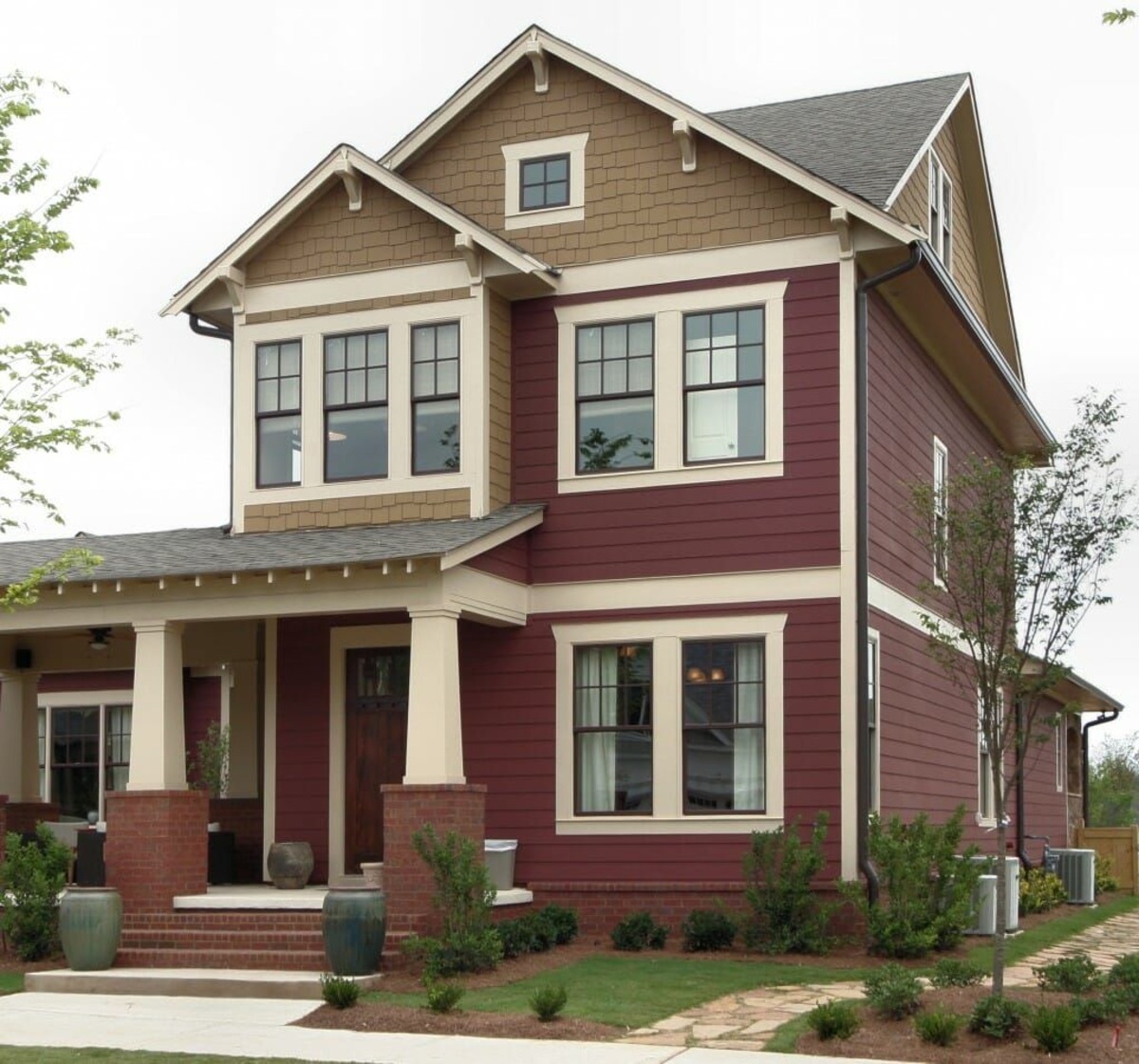
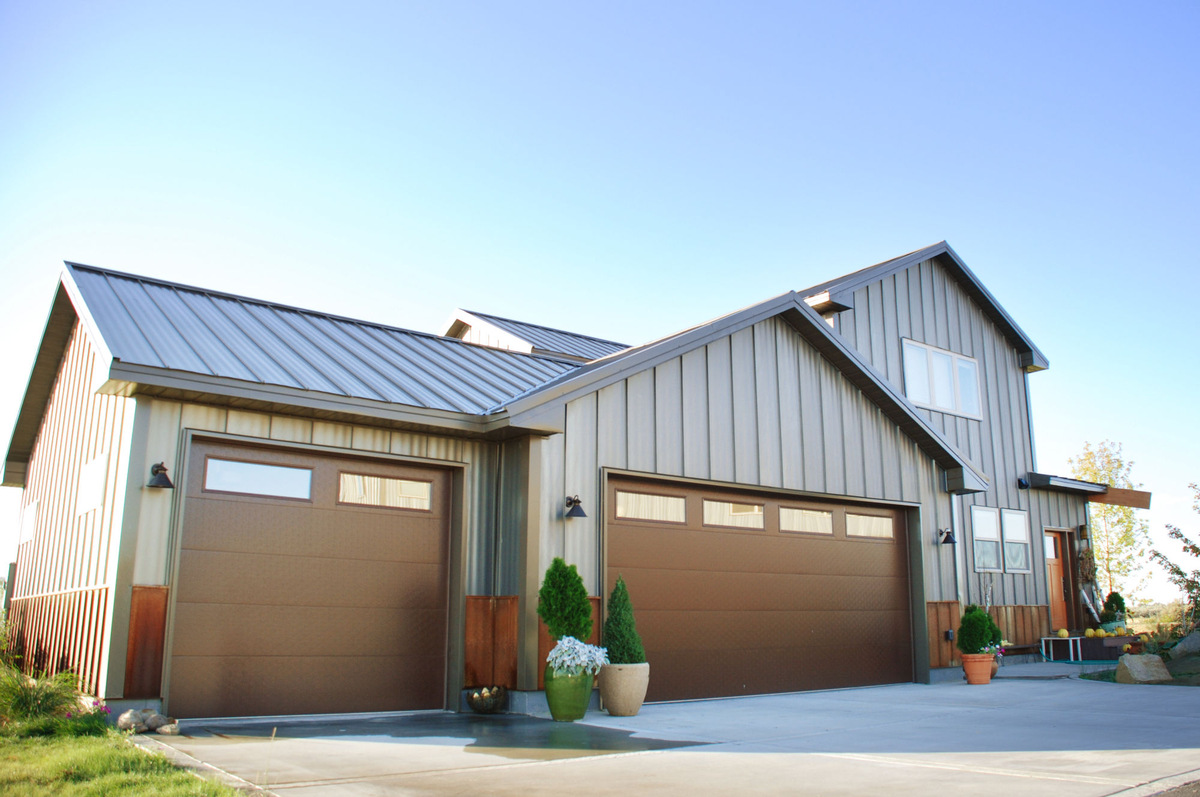
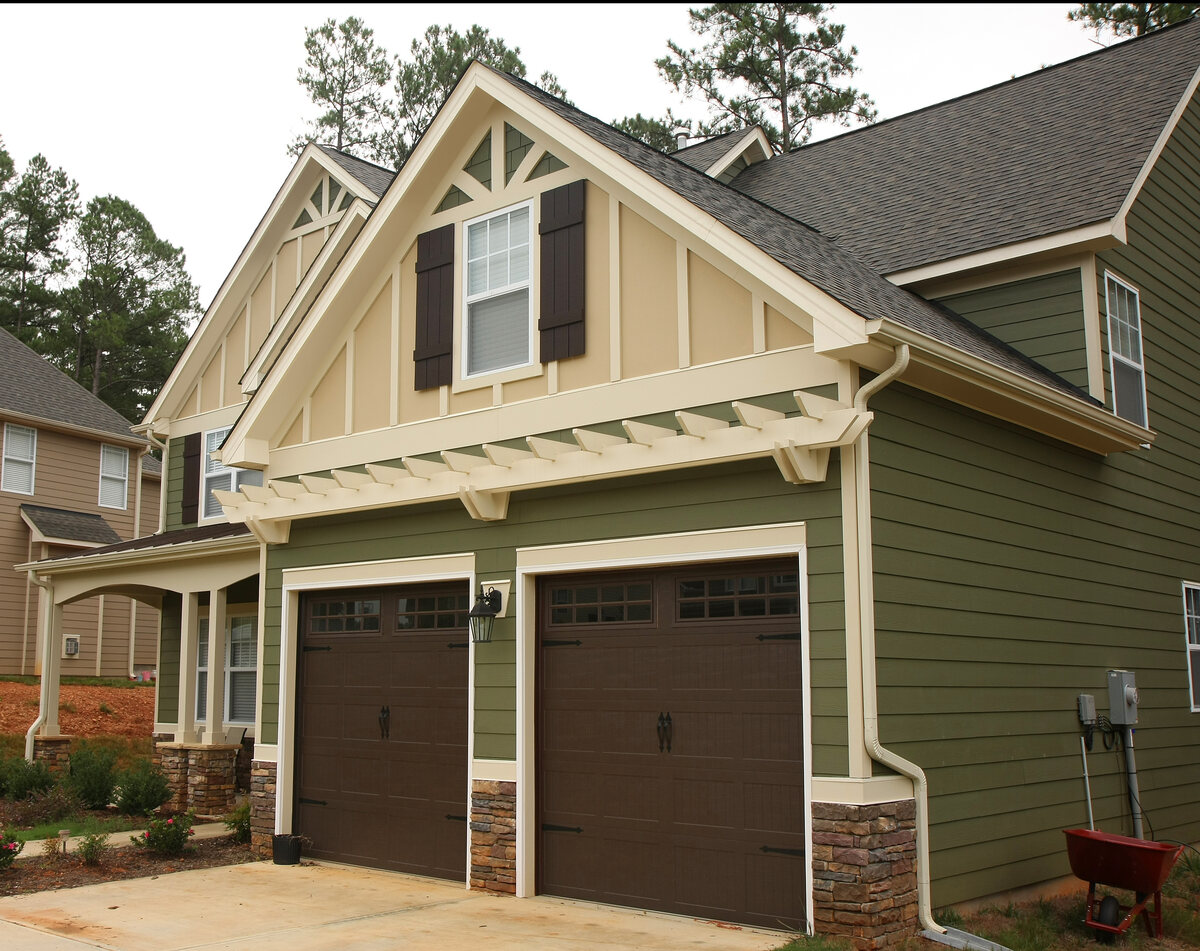
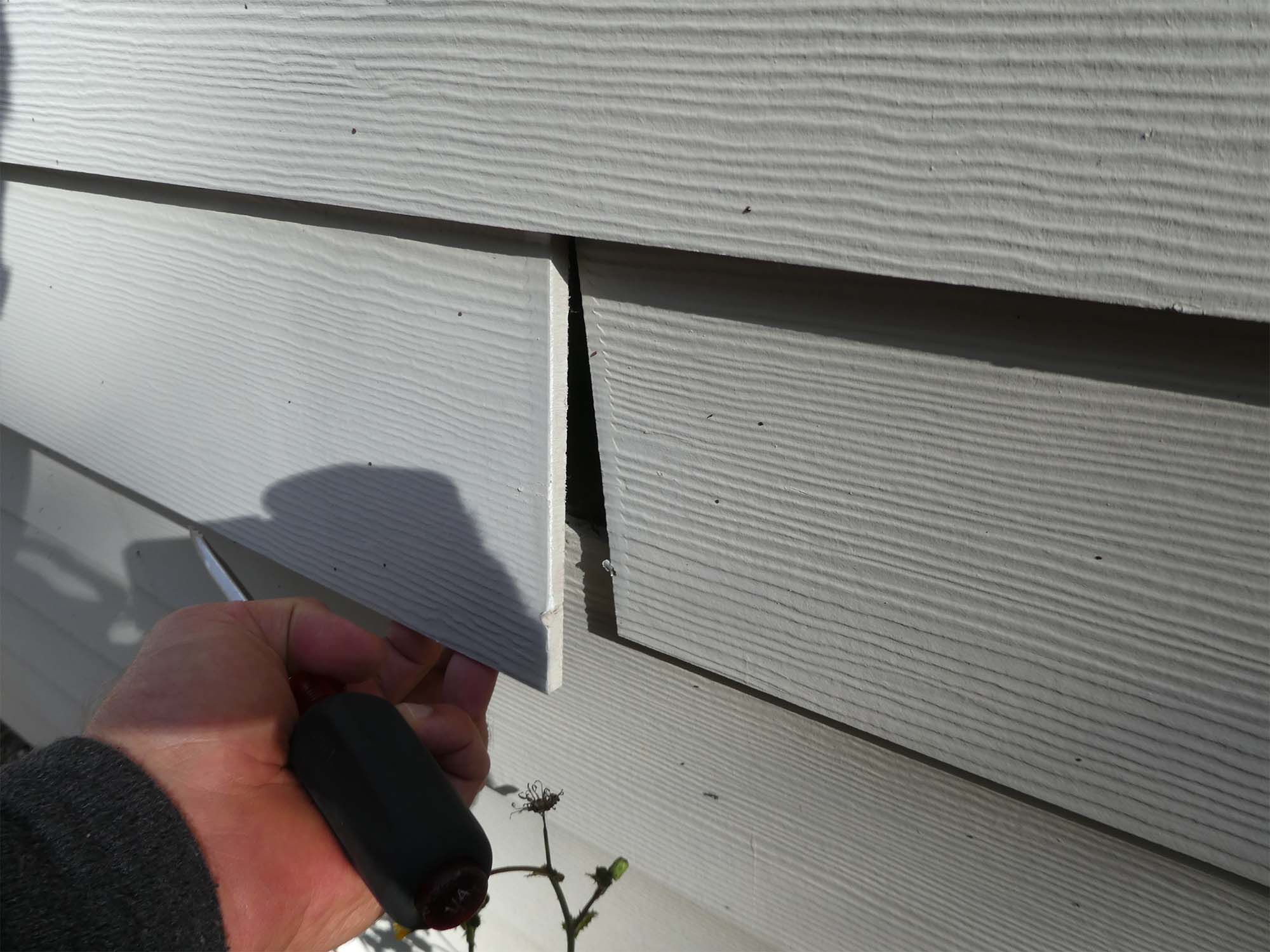
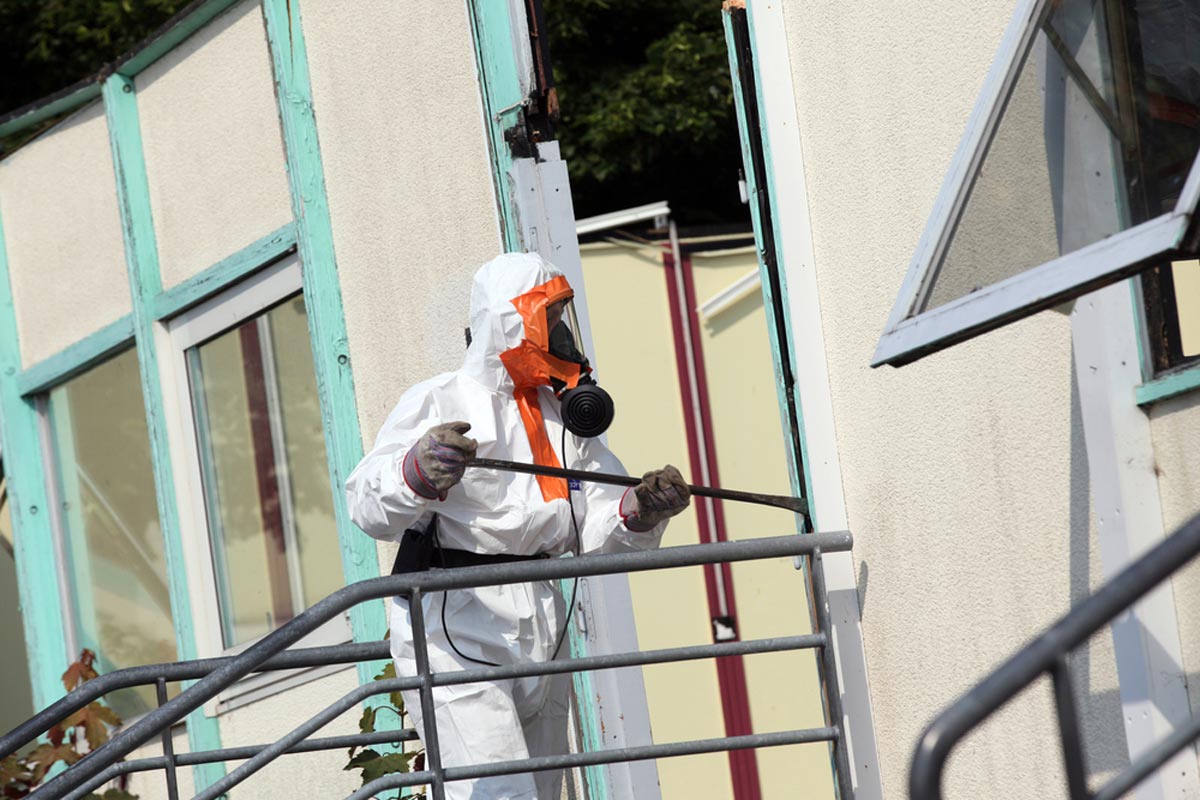
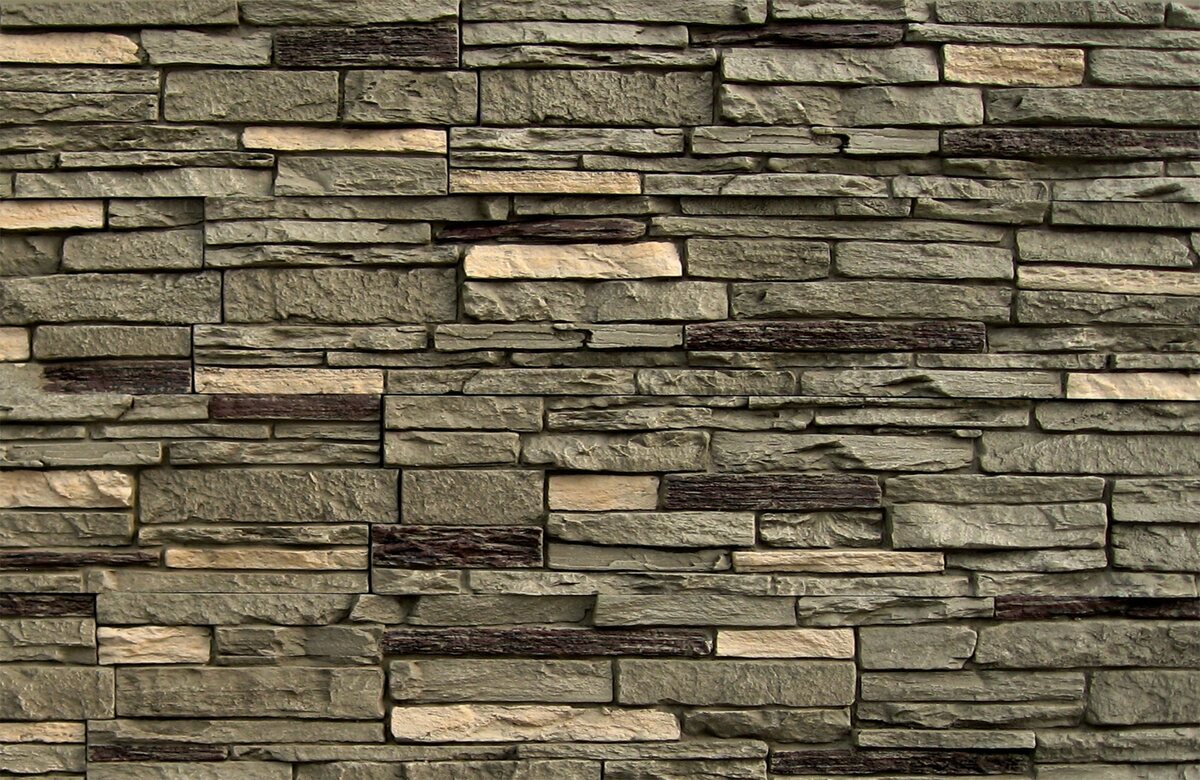
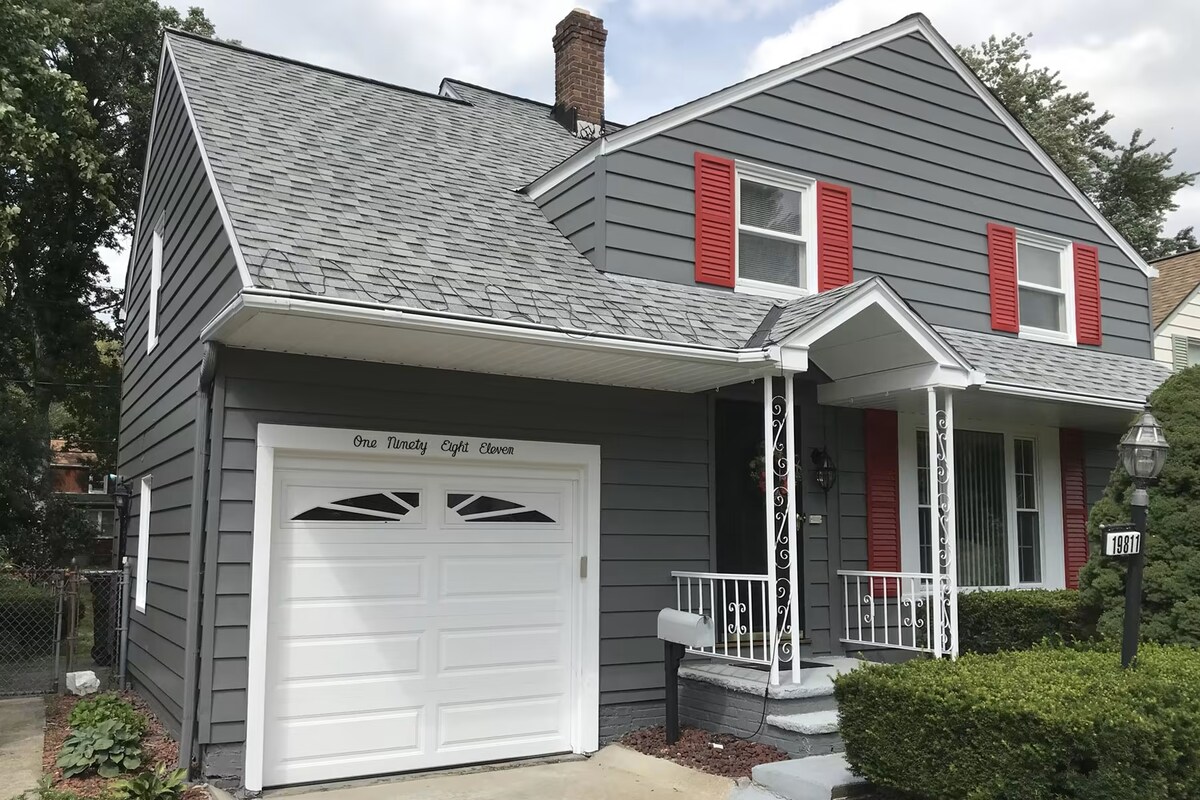
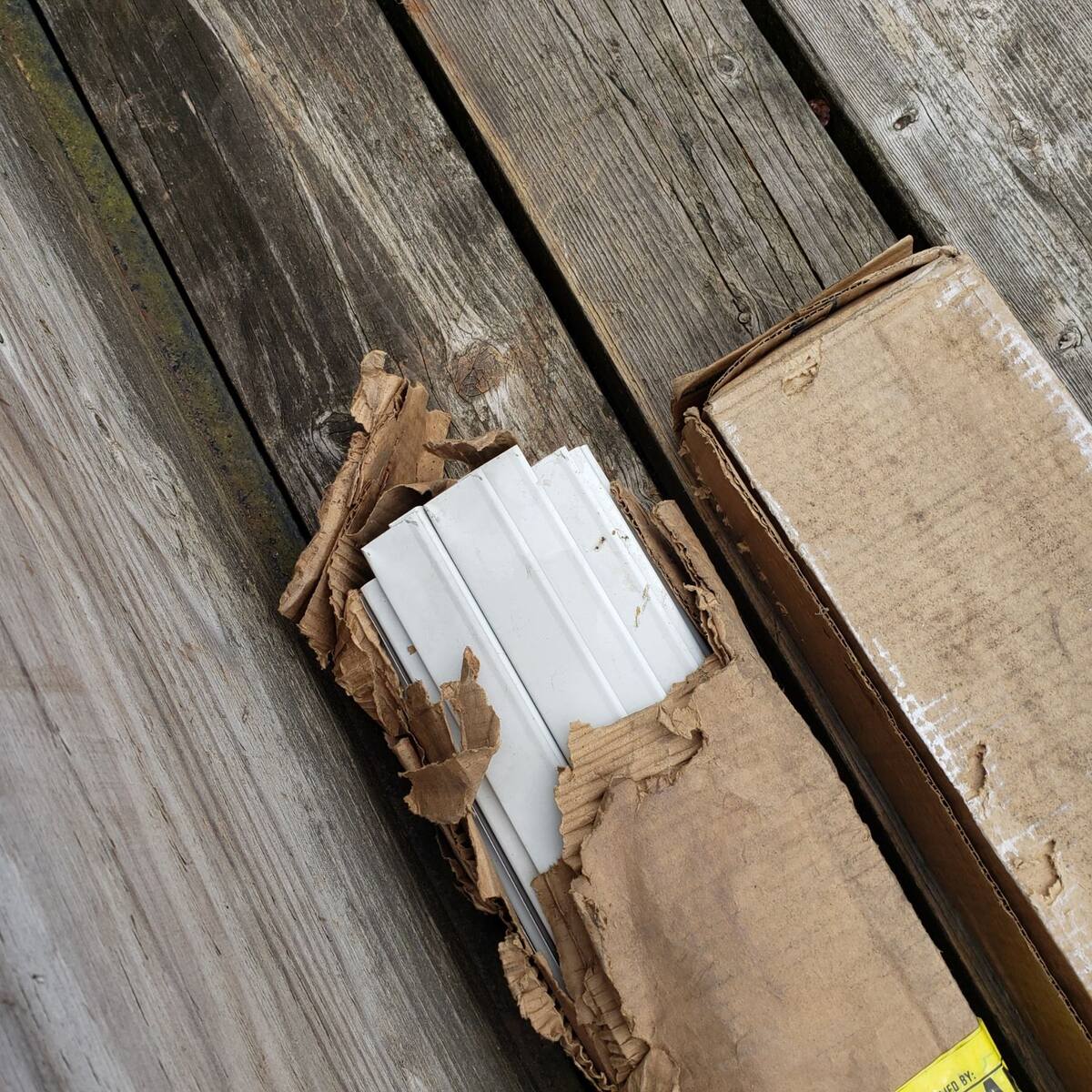
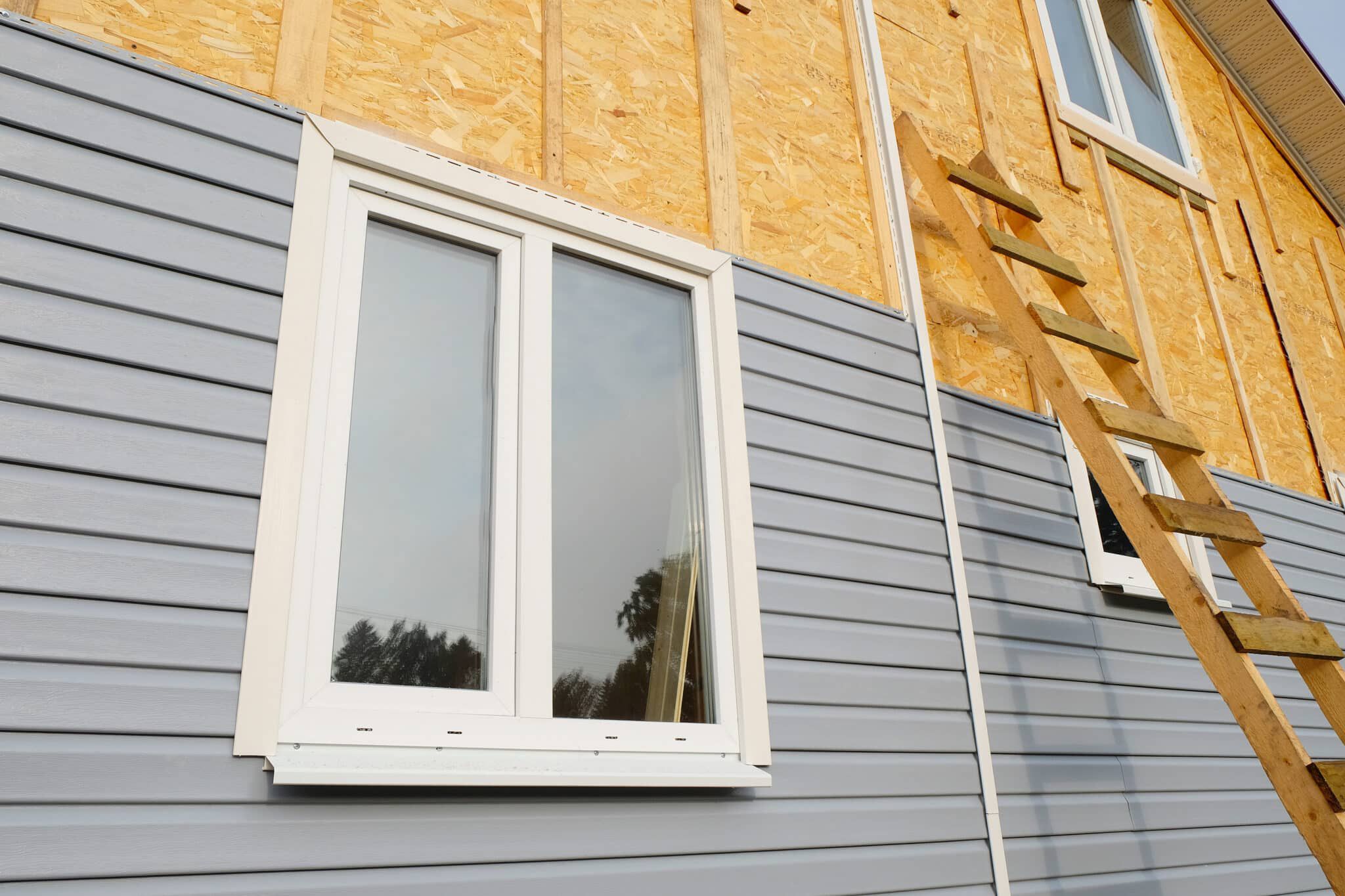
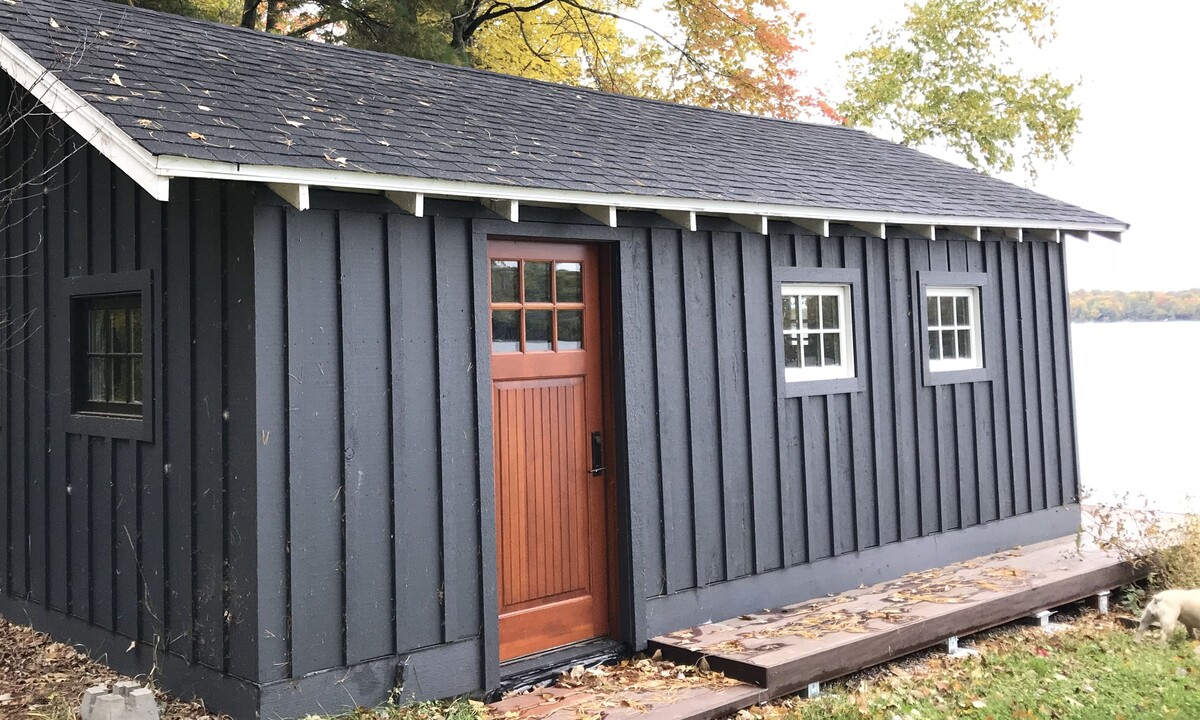
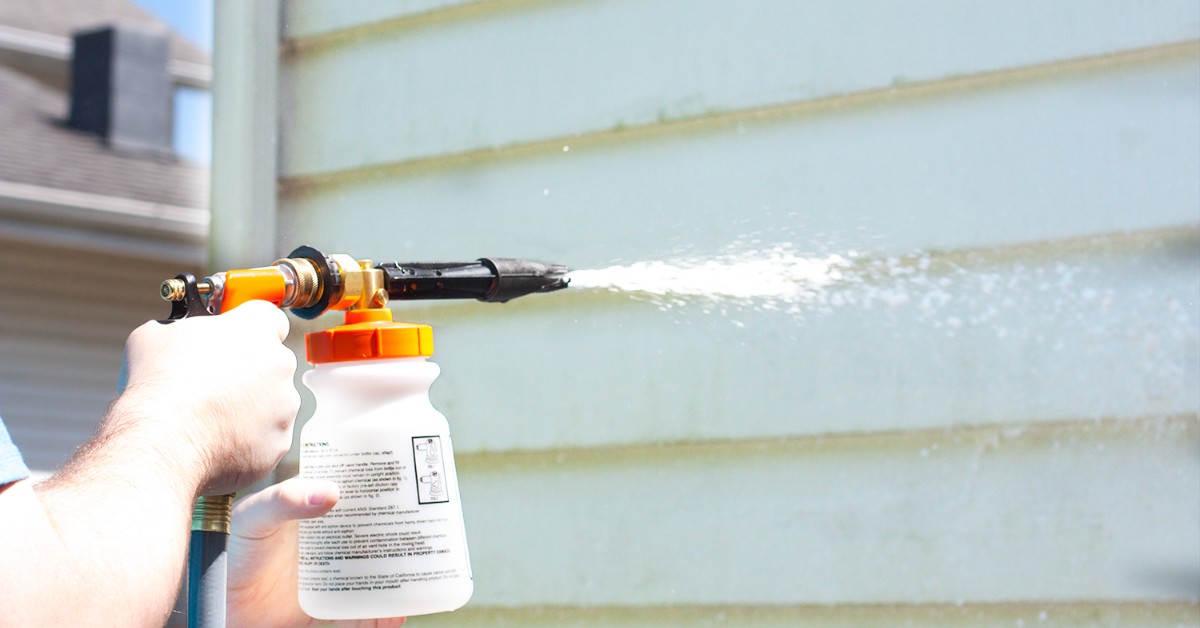
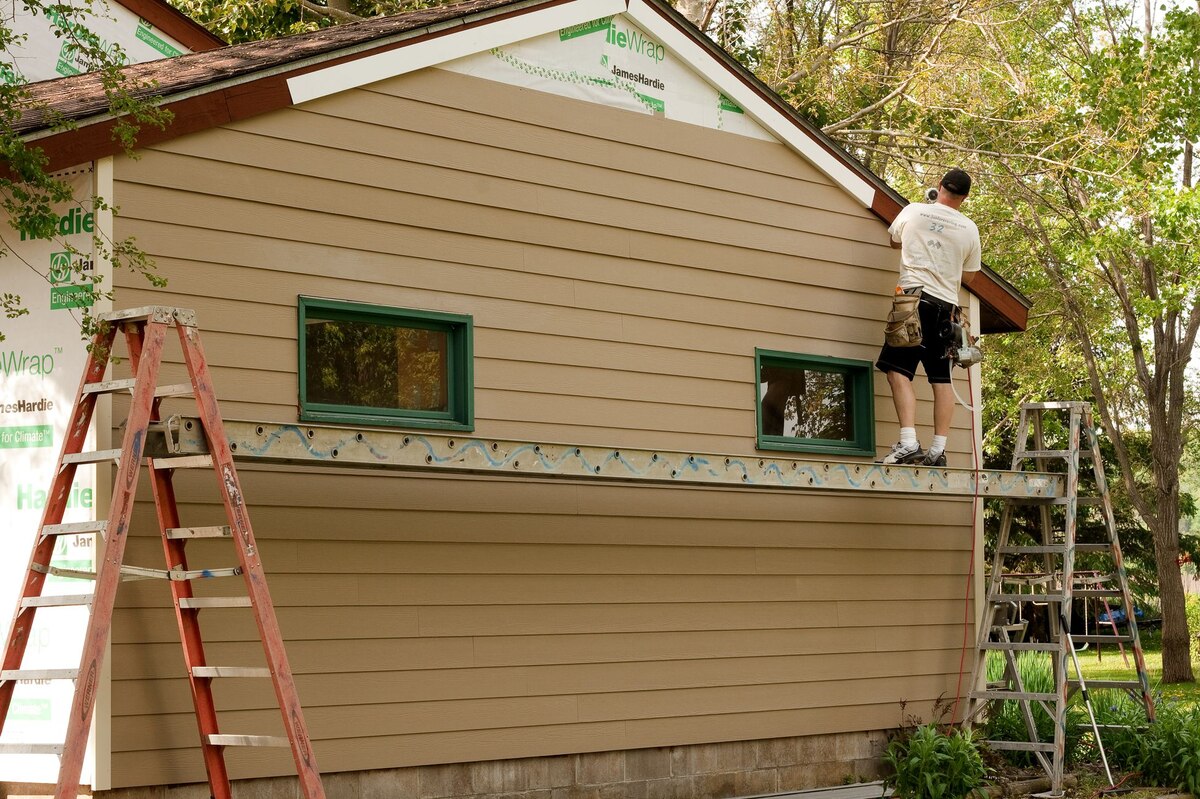
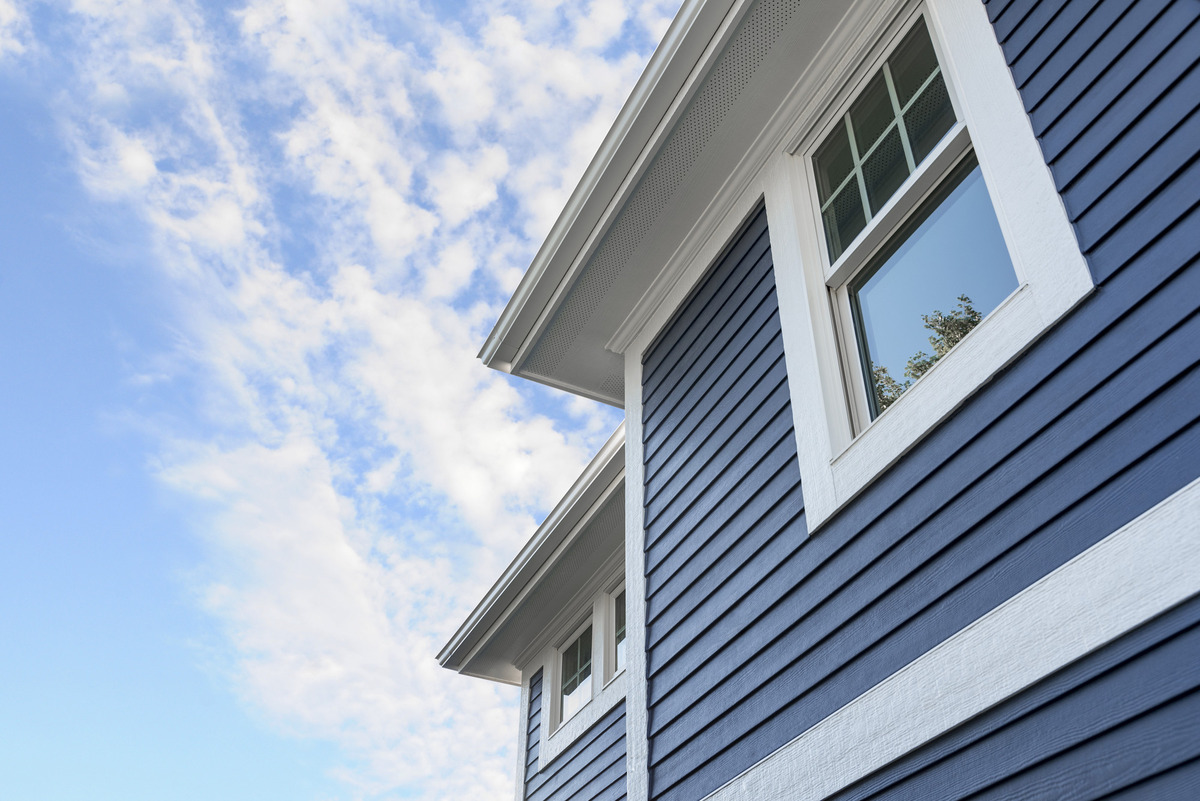
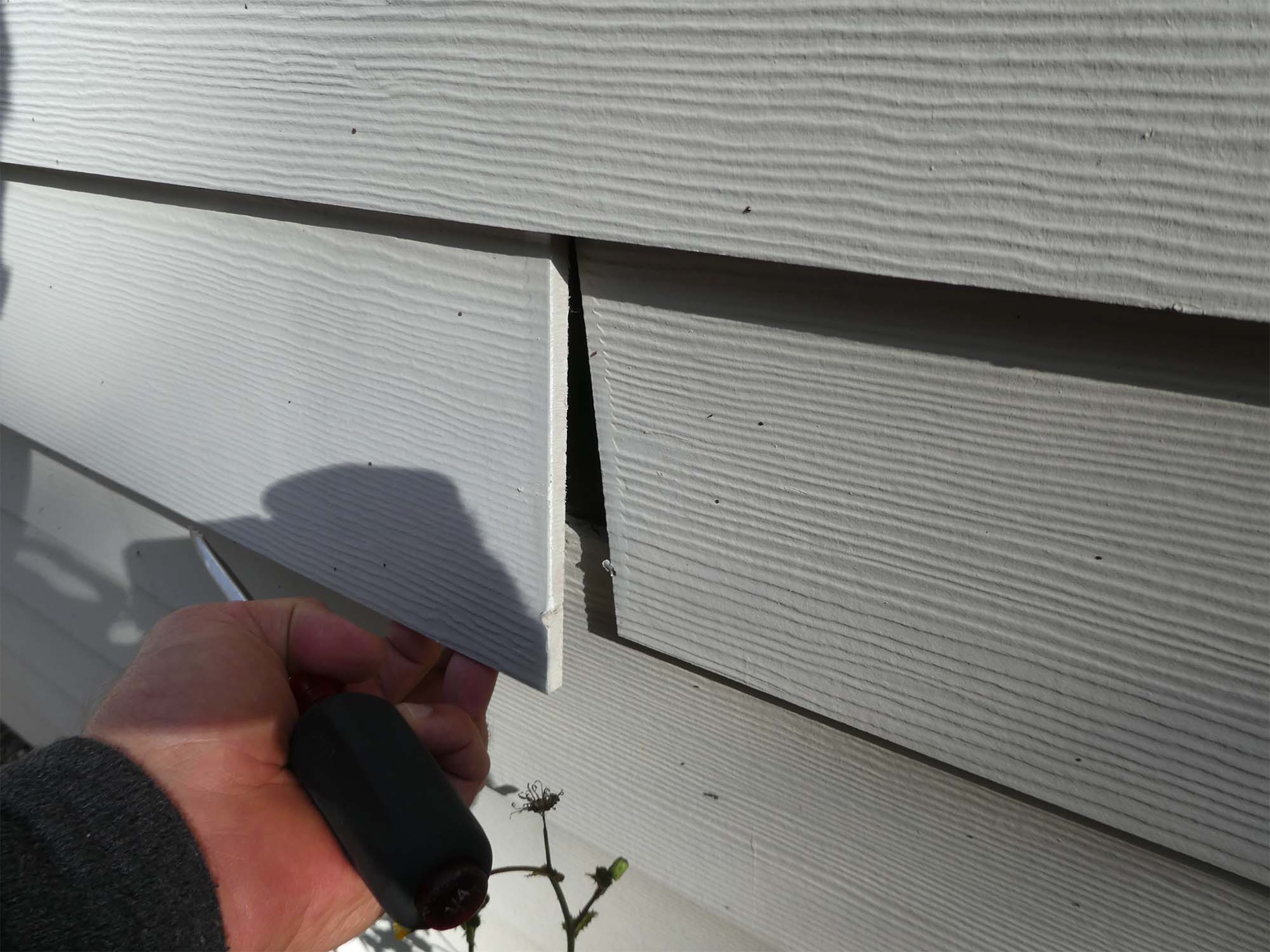

0 thoughts on “How Much Does Hardie Siding Cost”